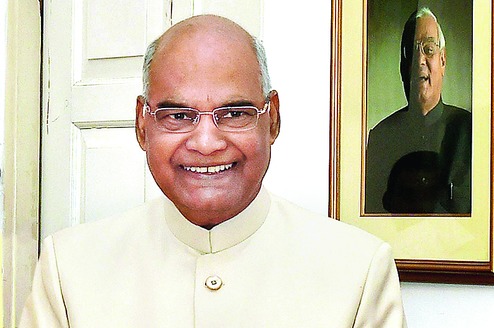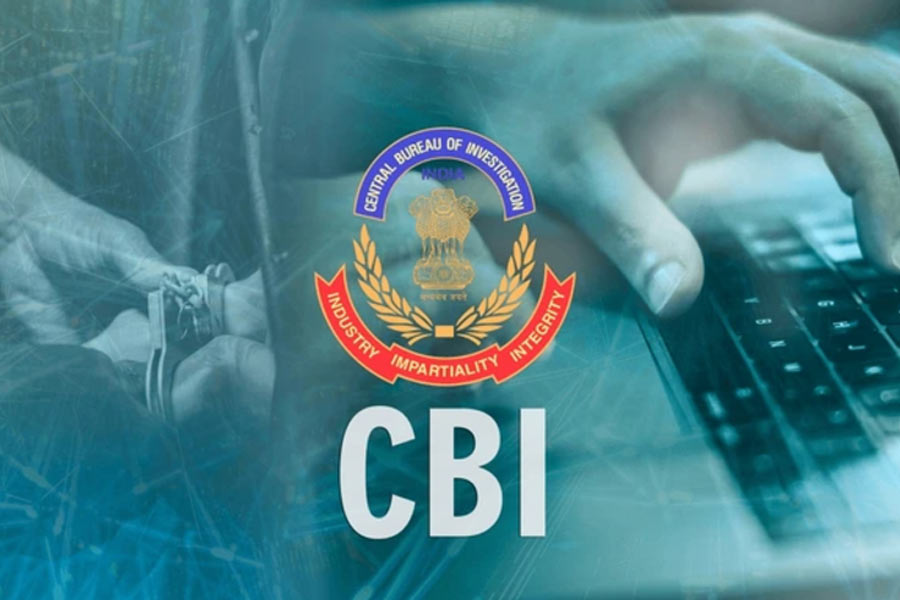
First of all, the name is Khan Market. You need to say both words, and not just Khan. There are those who say "I'm off to Khan" but they're the sort of people whose natural habitat is a mall, who pay in cash and who sit down to lunch in gaggles of twelve, arrivistes, who haven't lived their formative years in Pandara Park's C-I houses or even Rabindra Nagar's D-I flats, who have no idea what it is to live in that republican pastoral, the government colony. It's not their fault but they could at least try to pass... and calling it Khan Market would be a start.
Also Khan Market isn't Lutyens' Delhi. Not only is it postcolonial (it started life in 1951), it is republican in a foundational way, being a refugee market that gave shopkeepers from the NWFP a new start in life. Which is why it's called 'Khan' Market, after Badshah Khan's brother, Khan Abdul Jabbar Khan, better known as Dr Khan Sahib, the leader of the Frontier National Congress at the time of Partition, who helped many Sikhs and Hindus find safe passage to Delhi.
There was a time when the road running past it was called Cornwallis Road but now it's called Subramania Bharati Marg. The great poet has a sarkari neighbourhood named after him too, hard by Khan Market: Bharati Nagar. To balance things out regionally, the other government colony adjacent to the market is named after Tagore, Rabindra Nagar. When they were first built, they were rather vulgarly called Maan Nagar and Shan Nagar to celebrate, perhaps, the bureaucratic dignity of the the director rank officials they were meant to house. (The locality built to house clerks and peons was, naturally, called Sewa Nagar.) Nehru intervened to have Maan and Shan Nagar renamed, so perhaps its best to see Khan Market as a child of the Nehruvian republic.
Pay no attention to Delhi's professional nostalgists; Khan Market is the only place in New Delhi that has actually gotten better with time. A childhood friend of mine whose claim to Khan Market is sound (he spent his school years in Pandara Road's D-II flats just five minutes away) was going on about how much better it was in the Sixties and Seventies. It wasn't.
In those decades, Khan Market seemed to consist mainly of general stores that styled themselves 'dairies'. So we had Kashmir Dairy, Saluja Dairy and Sovereign Dairy. Confusingly, the shops that didn't call themselves 'dairy' were also general stores; the Empire Stores, which soldiered gallantly on into republican times, was one of them. The upscale general stores (or dairies) lived to serve an expatriate clientele and were happy to let their native customers know this. One of them was managed by a horrible man with a Hitler moustache whose allergy to desis was so pronounced and so easily brought on that as children it was worth our while to loaf about his counter just to watch him yip with rage and disapproval.
Instead of restaurants, Khan Market had mithai shops. There was one called Raj Sweets and another called Bengal Sweets. Both of them claimed to serve 'Bengali sweets' which was a lie; they were vegetarian dhabas that sold dirtily-made, deep-fried food along with fly-specked barfis and laddoos. There was a restaurant in one corner of the market at the back, glamorously named Alfina. In the verandah in front of it (Khan Market used to have verandahs or corridors running past its shopfronts) stood a kababchi with his grill and while he had customers, no diner, as far as we could tell, had ever darkened the restaurant's door. Nobody dined out in Khan Market; you went to Connaught Place for that.
There were more chemists shops than anyone needed; no one mourns their passing. All the good shops from that era survive: Delhi Cloth House and Garg Tailors, Bahrisons, the bookshop and Shoes & Sports. The only useful one that didn't survive the transition to ridiculous rents was Kalra Cycles where young boys bought their first bikes. But apart for the odd casualty, Khan Market has achieved a kind of surreal splendour.
Its new shops and restaurants sum up the inside-outside world of the Indian city powerfully: the interiors perfectly air-conditioned, wonderfully serviced and quirkily furnished; the steep, narrow stairs that lead you out into its slummy lanes, where the market's infrastructure is measured out in dangling cables. Torpid, spayed strays sleep in its shaded corridors, swollen like full waterskins, waiting for some long dead bhishti to take them away.
There's always talk of how the market is overrun by cars now and how it needs a multi-level car park to deal with the congestion. Old timers reminisce about the time when Caryhom ice cream carts stood in a row amid a general emptiness. May the car park never get built; where else in Delhi will you get to see well-heeled desis on fawning, first-name terms with their social inferiors, in this case, parking attendants? And how can you have too many spectacle shops? There is no better fieldwork site than an optician's shop in Khan Market if your subject is the urban rich. To watch someone drop fifty thousand rupees on a pair of plastic frames indistinguishable in every detail from a pair that costs five thousand is to know that Delhi's rich have dismissed use value from their calculations as conclusively as contemporary art purged the figure from its aesthetic.
Now that Khan Market is virtually made up of middling, wildly overpriced restaurants, you can see in a way that you couldn't before that the point of these places is to persuade you, briefly, that you're elsewhere, in some temperate, Western clime. Not all of them do this with the lovely candour of the Big Chill which achieves its effects with foreign movie posters, but the determination to transport you is impressive.
Sometimes, though, the cosmopolitanism is overwhelming. Sometimes you feel deranged by it, like the afternoon I found myself shopping for a wedding present in an upscale objet shop and a smartly dressed man tried to sell me a low-slung, curvy glass decanter that looked like an edgy urine bottle of the sort invalids use. At times like this I retreat to Khan Market's still centre, the old barber shop that has occupied a corner of it for as long as I can remember. It's an old fashioned shop, the sort in which you can't lean back to have your hair washed, where the barber doesn't address individual strands of hair with meaningful snips. His scissors hum like a bird by my ear and I sink into a haircut stupor, knowing that he has seen these shops in, and, with any luck, he'll see them out.











